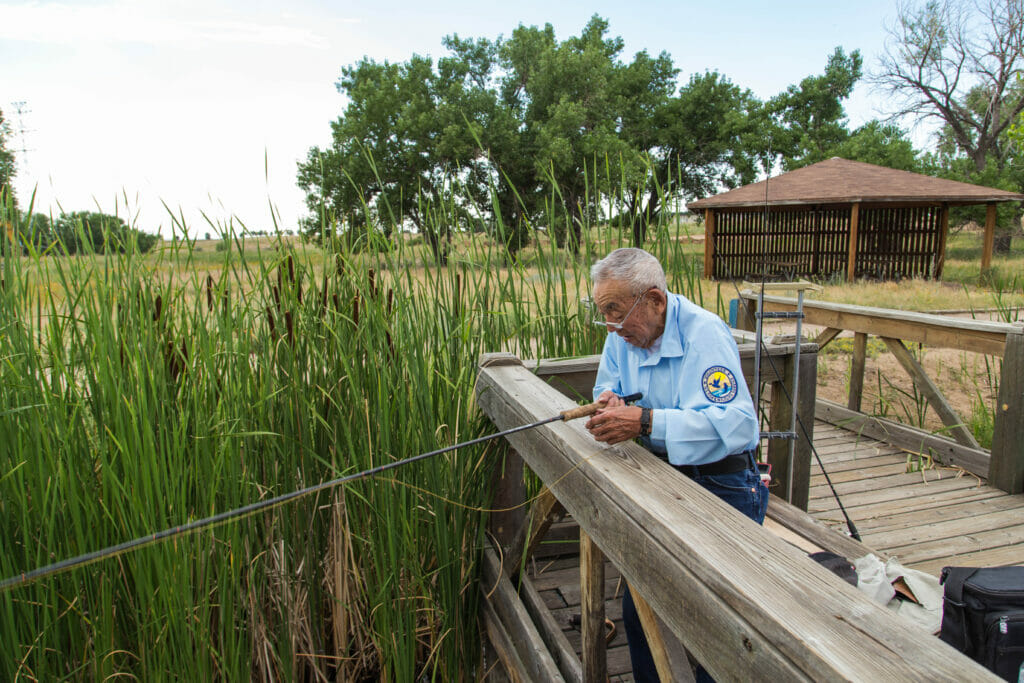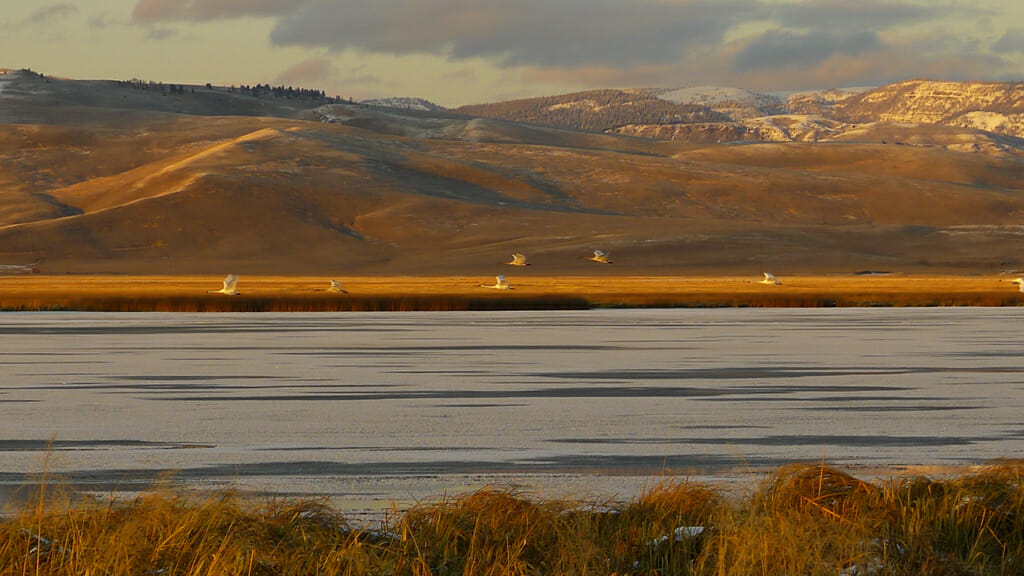Trumpeter swans in flight at Lower Red Rock Lake in Red Rock Lakes National Wildlife Refuge in Montana. Erin Clark/USFWS
Chances are you are familiar with national parks, Bureau of Land Management lands, and national forests, but have you ever heard of, or been to, a wildlife refuge?
If you answered no, you are not alone.
This lesser-known public land system is a hidden gem of conservation work and hunting and fishing access.
The U.S. National Wildlife Refuge System’s roots date back to the early 1900s under President Theodore Roosevelt. Today, 567 refuges are managed by the U.S. Fish and Wildlife Service, which Martha Williams, a good partner of conservation, was recently nominated to lead.
Refuges are made up of more than 150 million acres of land and water and are present in every state. They protect over 2,000 species, including 1,000 species of fish.

There are a few things that make refuges special amongst their public land peers:
- There are currently 101 urban refuges, making national refuges one of the most easily accessed public lands.
- Conservation is the dominant purpose of the national refuges. This means all activities occurring on the land must be compatible with the efforts to conserve habitat, wildlife, and fish.
- After conservation, refuges prioritize what is called “wildlife-dependent recreation”. This includes hunting, fishing, wildlife observation and photography, and environmental education and interpretation.
- Love for recreation on refuges is widespread. Of the 567 refuges, 427 are open to hunting and 376 to fishing, with the Biden Administration opening 2.1 million acres of refuge land to hunting and fishing while the Trump administration opened an additional 2.3 million acres.
If you’re looking for a new place to explore, try out your closest wildlife refuge. This is a great guide to some local hunts on refuges. When you get out to a refuge, don’t forget to tag Trout Unlimited on social media (Facebook, Instagram, Twitter).



